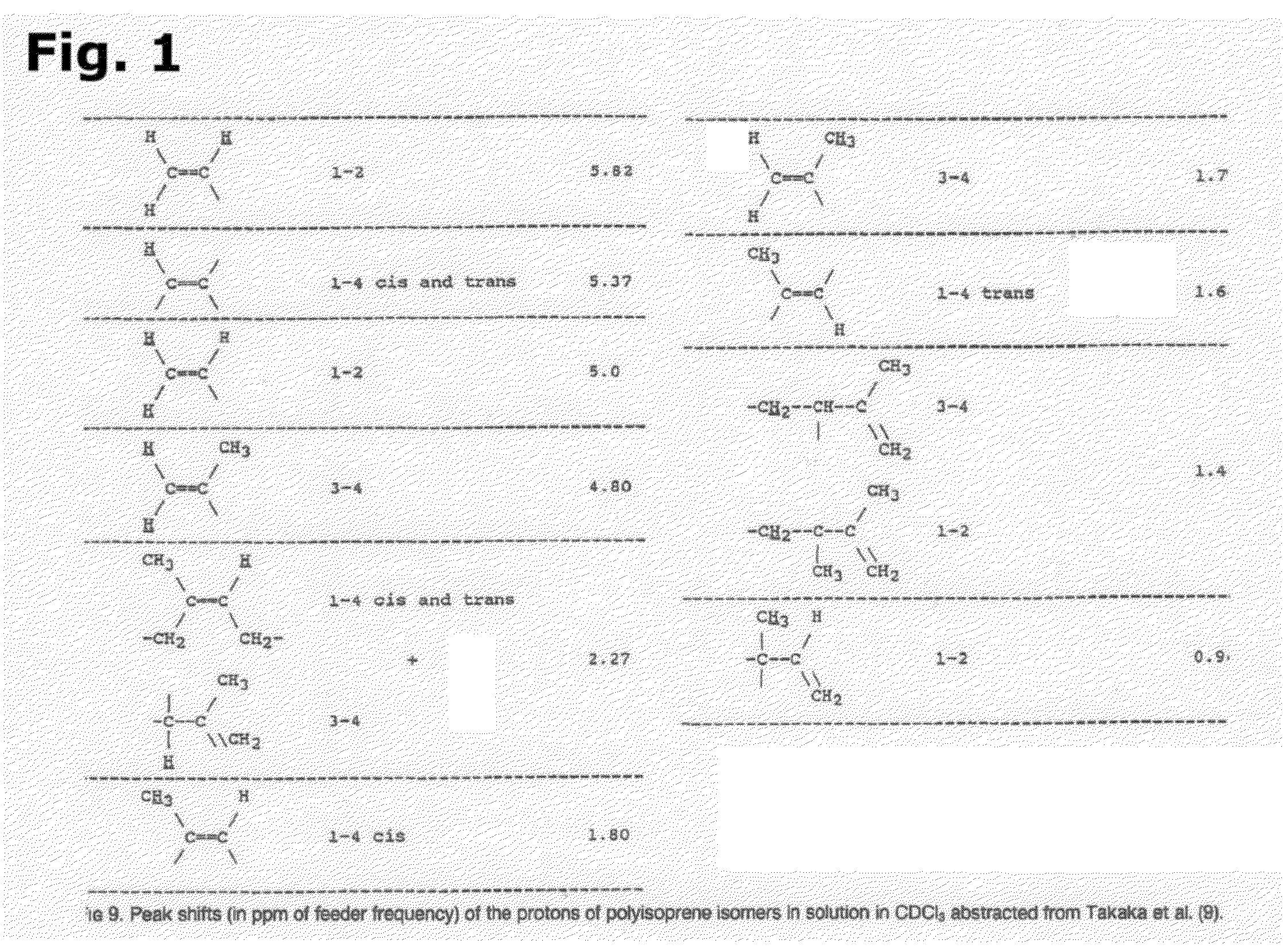Dental root canal filling material having improved thermal conductive characteristics
a technology of thermal conductive characteristics and filling materials, which is applied in the field of filling dental root canals, can solve the problems of re-infection and possible loss of teeth, tooth failure, and existing filling points and the process of application thereof that do not lend themselves well to providing a good seal of the root canal apex, so as to improve thermal mechanical properties, improve obturation, and less micro-leakage
- Summary
- Abstract
- Description
- Claims
- Application Information
AI Technical Summary
Benefits of technology
Problems solved by technology
Method used
Image
Examples
Embodiment Construction
[0033]This invention is described below in reference to various embodiments with reference to the figures. While this invention is described in terms of the best mode for achieving this invention's objectives, it will be appreciated by those skilled in the art that variations may be accomplished in view of these teachings without deviating from the spirit or scope of the invention.
[0034]The present invention provides an improved root canal filling material that result in better obturation with less micro-leakage. The inventive root canal filling material has improved thermal mechanical properties, which reduces the operating temperature for root canal treatment procedures, produces slight dimensional expansion instead of shrinkage during cooling period, increases density to reduce air bubble voids during heating-cooling cycle, and ultimately improving the treatment success rate to preserve more healthy teeth for a longer period of time.
[0035]In one aspect of the present invention, t...
PUM
| Property | Measurement | Unit |
|---|---|---|
| size | aaaaa | aaaaa |
| size | aaaaa | aaaaa |
| size | aaaaa | aaaaa |
Abstract
Description
Claims
Application Information
 Login to View More
Login to View More - R&D
- Intellectual Property
- Life Sciences
- Materials
- Tech Scout
- Unparalleled Data Quality
- Higher Quality Content
- 60% Fewer Hallucinations
Browse by: Latest US Patents, China's latest patents, Technical Efficacy Thesaurus, Application Domain, Technology Topic, Popular Technical Reports.
© 2025 PatSnap. All rights reserved.Legal|Privacy policy|Modern Slavery Act Transparency Statement|Sitemap|About US| Contact US: help@patsnap.com



